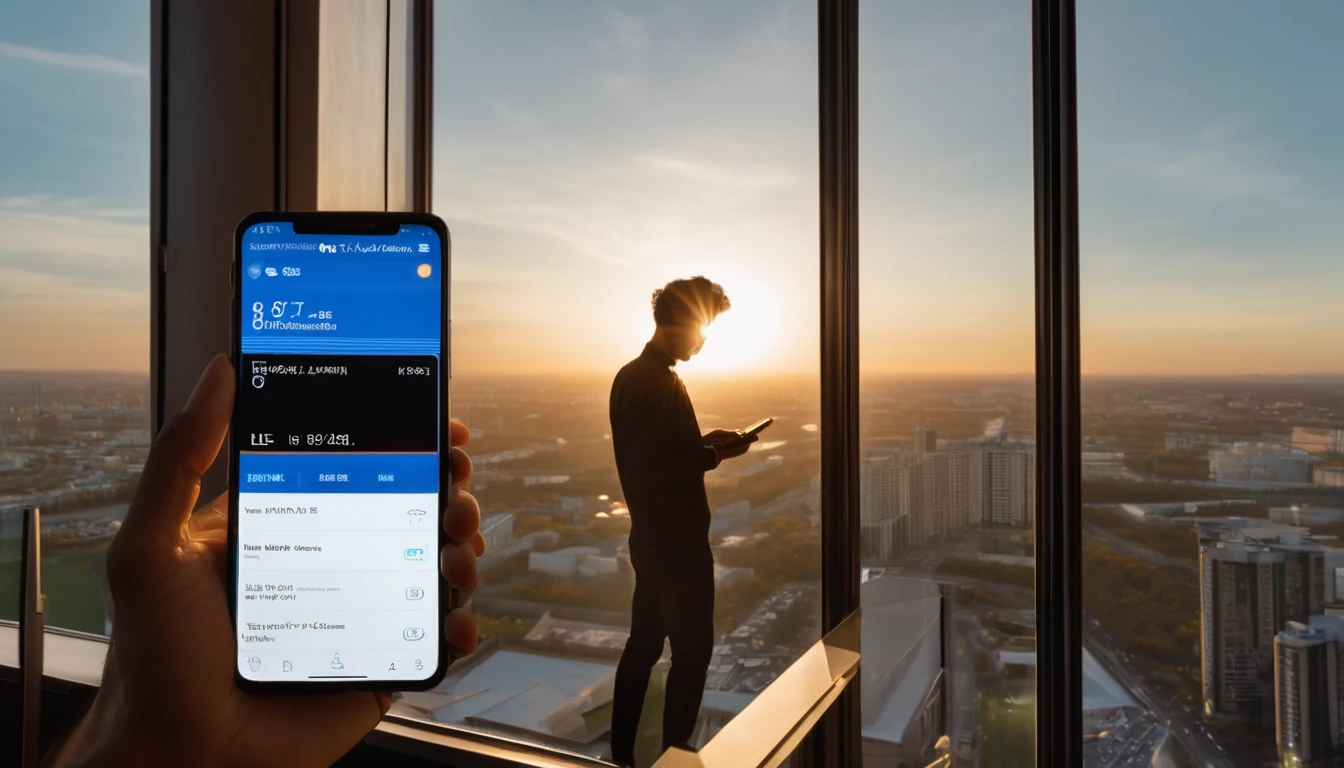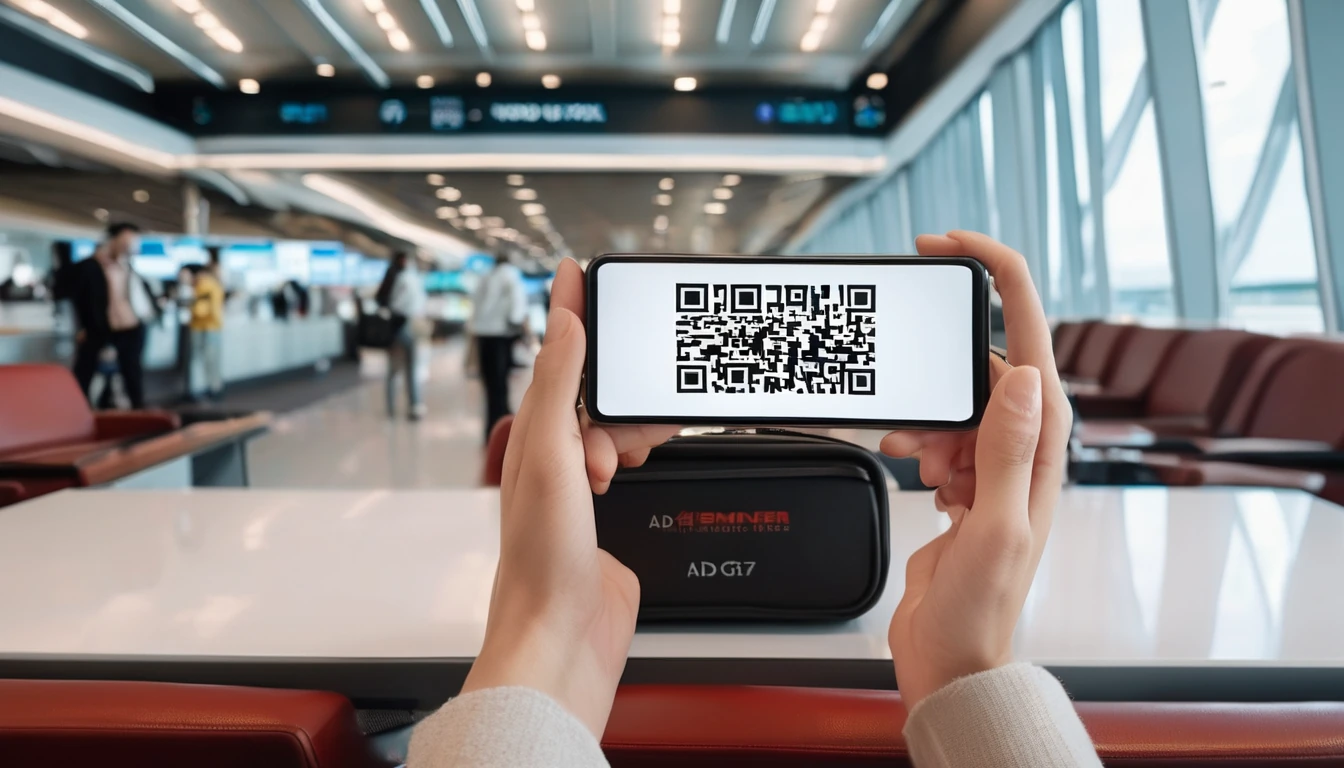A full set of signal bars doesn’t always mean fast data, and a single bar doesn’t always mean you’re stranded. The real story sits behind the scenes in three radio metrics used by 4G LTE and 5G: RSRP, RSRQ and SINR. If you’re a traveller juggling maps, ride‑hailing, translation, streaming, or hotspot sharing, these numbers can tell you whether moving closer to a window, switching to LTE, or trying a different network will help. This guide goes beyond jargon to give you rsrp rsrq sinr explained in plain English, including practical thresholds for “good/OK/poor”, how buildings and city streets skew each value, and quick steps to read them on iPhone and Android. We’ll also show how to act on what you see—useful if you’re bouncing between countries in Esim Western Europe, the Esim United States, or wider Esim North America.
RSRP, RSRQ, SINR explained (really simply)
- RSRP (Reference Signal Received Power): Think “how loud is the tower’s voice at your phone”. It’s pure signal strength from the cell, measured in dBm (negative numbers; closer to zero is stronger).
- RSRQ (Reference Signal Received Quality): Think “how clearly you can hear that voice in a crowd”. It mixes strength with how busy the channel is, measured in dB (negative numbers; closer to zero is better).
- SINR (Signal to Interference plus Noise Ratio): Think “signal versus all the junk around it”. A higher positive number is cleaner. This drives your top speeds and stability.
Used together: - RSRP tells you if you’re near/far or shielded by walls. - RSRQ and SINR tell you if interference, reflections, or congestion are ruining quality.
Units and signs at a glance
- RSRP: dBm, typically −65 (excellent) to −120 (very poor). Less negative is better.
- RSRQ: dB, typically −3 (excellent) to −20 (very poor). Closer to 0 is better.
- SINR: dB, typically −10 (unusable) to 30 (excellent). Higher positive is better.
What counts as good, OK, or poor?
These are practical, field‑tested thresholds for everyday travellers on 4G LTE and sub‑6 GHz 5G. mmWave behaves differently and is extremely sensitive to blockage.
- RSRP (signal strength)
- Excellent: −80 dBm or stronger
- Good: −80 to −90 dBm
- Fair/OK: −90 to −100 dBm
- Poor: −100 to −110 dBm
- Unreliable: weaker than −110 dBm
- RSRQ (signal quality)
- Excellent: better than −10 dB (e.g., −3 to −9)
- Good: −10 to −12 dB
- Fair/OK: −12 to −15 dB
- Poor: worse than −15 dB
- SINR (clean signal vs. junk)
- Excellent: > 20 dB
- Good: 13–20 dB
- Fair/OK: 0–13 dB
- Poor: < 0 dB
Quick mental model: - High RSRP + high SINR = best speeds and stability - High RSRP + low SINR/RSRQ = close to a cell but lots of interference/congestion - Low RSRP + decent SINR/RSRQ = further away; may be stable but slower
Pro tip: When speeds are the goal (video calls, uploads), SINR is the star metric. RSRP is necessary, but SINR unlocks higher modulation and throughput.
How buildings and streets change the numbers
Why your metrics change from street to lobby to lift:
- Walls and windows reduce RSRP (strength)
- Typical losses: modern glass 2–10 dB; brick 10–20 dB; reinforced concrete 20–40 dB; metal/low‑E coated glass up to 30+ dB.
- Sub‑6 GHz 5G and 4G at lower bands (700–900 MHz) penetrate better than higher bands (1800–3500 MHz).
- Urban “canyons” hurt SINR and RSRQ (quality)
- Reflections from glass and metal create multipath. Your phone hears the same signal arriving slightly out of sync, increasing interference.
- You may see decent RSRP but poor SINR/RSRQ on busy downtown corners.
- Elevation helps—sometimes
- Higher floors near a window often improve RSRP and SINR by clearing street‑level clutter.
- Deep inside high‑rise cores or basements, both RSRP and SINR usually drop.
- 5G specifics
- Sub‑6 GHz 5G (most of Europe and many US deployments) behaves like 4G but usually offers more capacity.
- mmWave 5G (pockets of the Esim United States) is extremely fast outdoors, but a single wall or even your hand can drop RSRP and SINR to unusable.
How to see RSRP/RSRQ/SINR on your phone
Not every phone/carrier exposes every value. Try these:
iPhone (Field Test Mode)
- Make sure mobile data is on and you have reception.
- Dial 3001#12345# and press call. This opens Field Test Mode.
- Look for menus labelled “LTE” or “NR-NSA/NR” (5G Non‑Standalone).
- Find entries called RSRP, RSRQ, and SINR (sometimes “RS-SINR”).
- If you can’t find them, back out and explore “All Metrics” or “Serving Cell Meas”. Availability varies by iOS version and network.
Pro tip: If you’re on 5G NSA, measurements may appear under LTE (for control) and under NR for 5G data. Check both.
Android (varies by brand)
- Pixel (and many stock Android phones): 1. Settings > About phone > SIM status. 2. Look for “Signal strength” (dBm). Some builds also show RSRP/RSRQ; others show RSSI/ASU only.
- Samsung: 1. Settings > About phone > Status information > SIM card status for signal strength. 2. Advanced readouts may be available via ServiceMode codes like *#0011# (not guaranteed; depends on carrier/region).
- If native menus don’t show RSRP/RSRQ/SINR, reputable network diagnostic apps can help. Install before you travel.
Accuracy tips: - Readings refresh as you move; give them 10–20 seconds after relocating. - Hold the phone naturally—don’t cover the top edge or antenna bands.
Make sense of the trio: common scenarios
- Strong RSRP, poor SINR/RSRQ
- You’re near a cell or indoors with strong reflections. Expect inconsistent speeds, buffering, or call drops in crowds.
- Try: move a few metres, face a window, or step outside. For stability, temporarily switch to LTE if 5G is flapping.
- Weak RSRP, decent SINR
- Rural edge or deep indoors. You may get steady but moderate speeds—fine for maps and messaging.
- Try: higher floor, near a window, or a different room. Low‑band cells travel further; your phone may prefer LTE in these spots.
- Good metrics but slow speeds
- Network congestion. Quality is fine; capacity is saturated (stadium, rush hour).
- Try: force a different band/tech (LTE vs 5G), reselect the cell (Airplane Mode toggle), or switch network via a local eSIM.
Traveller checklist: quick wins to improve your metrics
- Move three ways before anything else: 2–5 metres, nearer a window, or up/down one floor.
- Place your phone on a window ledge or table rather than in your pocket or bag.
- Toggle Airplane Mode for 10 seconds to reselect a potentially better cell.
- If 5G is unstable indoors, try LTE temporarily; if LTE is congested, try 5G where available.
- Turn on Wi‑Fi Calling for voice if data is OK but calls drop.
- Hotspot positioning: put the hotspot/phone by the best‑signal window; connect your laptop from inside.
- Consider a local or multi‑network eSIM so you can switch to whichever carrier gives better SINR/RSRQ in your area:
- Touring several countries? See Esim Western Europe.
- City‑hopping across the US and Canada? Check Esim North America and the country‑specific Esim United States.
- Planning Paris, Rome or Barcelona? Compare Esim France, Esim Italy and Esim Spain.
- Travelling as a team? Centralise connectivity choices with For Business.
Pro tips for faster, steadier data
- Prioritise SINR for throughput. A jump from 8 dB to 18 dB can boost real‑world speeds dramatically, even if RSRP hardly changes.
- Low bands (700/800/900 MHz) penetrate buildings best; mid bands (1800/2100/2600/3500 MHz) are faster but need clearer paths. Indoors, aim for the lowest‑band cell you can catch reliably.
- If your phone or hotspot supports it, enabling LTE/5G carrier aggregation and keeping battery above 20% can maintain higher‑order modulation under marginal SINR.
- Roaming doesn’t inherently worsen radio metrics; it’s about which network you’re on. Having multiple profiles lets you pick the cleanest signal locally via Destinations.
- Partners and travel providers: help your guests connect first time by sharing these thresholds and stocking multi‑region eSIMs via our Partner Hub.
FAQ
- What is a “good” RSRP for 5G?
- Aim for −80 to −90 dBm for consistently fast 5G. 5G can still work down to around −100 dBm, but speeds and stability depend heavily on SINR and band.
- Which metric matters most for speed: RSRP, RSRQ or SINR?
- SINR. It reflects how clean the signal is and determines the modulation your phone can use. RSRP provides the foundation; RSRQ hints at network loading and interference.
- Why do I have 4 bars but slow data?
- Bars often reflect signal strength (RSRP) but not quality (SINR/RSRQ) or cell congestion. Good strength plus poor quality or heavy load = slow.
- Is RSSI the same as RSRP?
- No. RSSI is a broader received power measurement including noise and interference. RSRP isolates the reference signal and is the standard metric for LTE/5G coverage assessments.
- Do buildings affect 4G and 5G differently?
- Yes. Both are attenuated by walls, but higher‑frequency 5G bands lose more signal indoors. mmWave 5G struggles through most materials; sub‑6 GHz 5G behaves more like 4G.
- Will switching to LTE help if 5G is flaky indoors?
- Often, yes. LTE on a lower band can deliver steadier SINR indoors, even if peak speeds are lower. Try LTE for calls and uploads; switch back to 5G outside for capacity.
The bottom line
Use RSRP to judge if you have enough raw signal, RSRQ to sense network cleanliness, and SINR to predict real speeds. Small moves (window, floor, angle) can add 5–20 dB where it matters. When a network’s quality is poor where you are, the fastest fix is often switching to a different carrier via an eSIM with regional coverage.
Next step: Compare country and regional options on Destinations.




